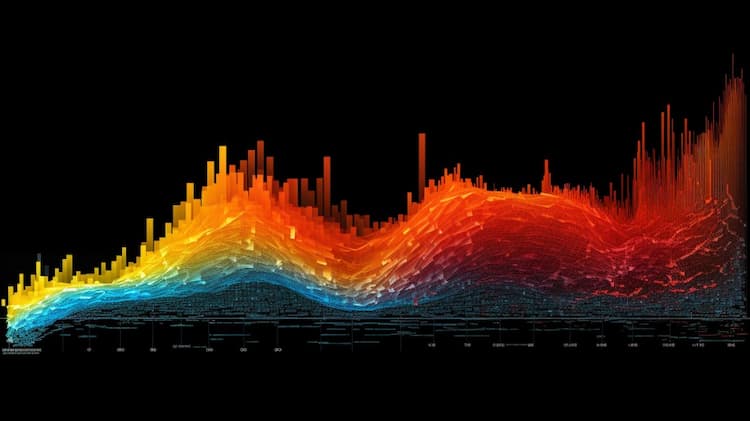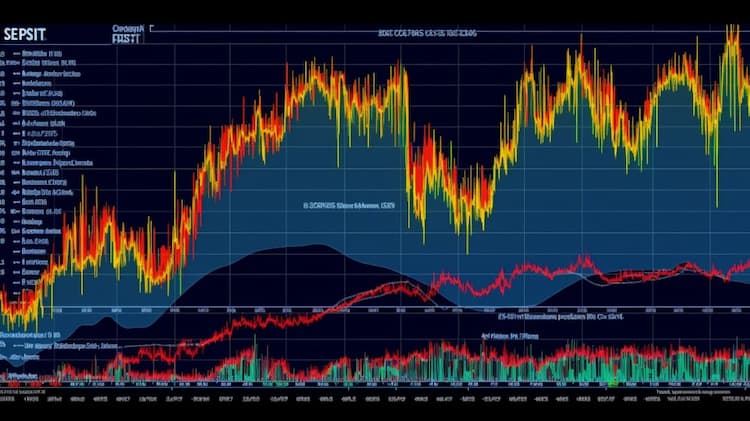
IYF VS RYF
Exchange-Traded Funds (ETFs) have become a cornerstone of modern investment strategies, allowing investors to diversify their portfolios across different sectors and asset classes. In this article, we will conduct an in-depth comparison between two prominent ETFs: IYF (iShares U.S. Financials ETF) and RYF (Invesco S&P 500 Equal Weight Financials ETF). By examining key aspects such as ETF tickers, full names, issuers, sectors, top holdings, capitalization, strategy, tracking, and exposure, we aim to provide you with valuable insights into these financial instruments.
IYF Vs RYF: Overview
IYF and RYF are both ETFs focused on the financial sector within the broader equity market. However, they employ different strategies to achieve their objectives. IYF seeks to replicate the performance of the Dow Jones U.S. Financials Index, while RYF equally weights its holdings from the S&P 500 Financials Index. This difference in methodology can lead to varying risk and return profiles for investors.
IYF Vs RYF: Sectors and Top Holdings
The IYF ETF offers exposure to a comprehensive range of subsectors within the financial industry, including banks, insurance, real estate, and diversified financial services. On the other hand, RYF provides exposure to the financial sector as a whole, distributing investments more evenly across companies of different sizes within the industry. Investors looking for a targeted sector approach might favor IYF, while those seeking broader exposure could lean towards RYF.
 IYF overlap IYF VS RYF
IYF overlap IYF VS RYF
IYF Vs RYF: Capitalization and Strategy
When it comes to capitalization and strategy, IYF and RYF diverge in their approaches. IYF is a larger fund in terms of assets under management (AUM), reflecting its popularity among investors seeking exposure to financial institutions. RYF's equal-weight strategy means that smaller financial companies receive the same weight as larger ones in the index, potentially providing a more balanced representation of the sector.
IYF Vs RYF: Tracking and Exposure
IYF tracks an index that consists of established financial companies, and its performance is closely tied to the overall health of the financial sector. RYF, with its equal-weight approach, aims to reduce concentration risk by ensuring that no single company dominates the fund's performance. This tracking difference can lead to varied results, depending on market conditions and the relative performance of individual financial stocks.
Conclusion
In the dynamic world of finance, where market conditions can shift rapidly, it's crucial to have a clear understanding of the ETFs you're considering for your investment portfolio. IYF and RYF cater to different investor preferences—whether you're looking for targeted exposure to specific financial subsectors or a more balanced representation of the broader financial sector. To gain deeper insights into the holdings, correlations, overlaps, and other critical factors influencing these ETFs, consider utilizing ETF Insider—an intuitive app designed to provide comprehensive information about financial instruments.
ETF Insider empowers investors with user-friendly tools and detailed analytics to make informed decisions. By staying informed about the latest developments in the financial markets, you can navigate the complexities of the investment landscape more confidently. Remember that investing involves risk, and it's essential to conduct thorough research and consult with financial professionals before making any investment decisions.
Disclaimer: This article is intended for informational purposes only and does not provide investment advisory services. The information presented here is not a recommendation to buy or sell any financial instruments. Always conduct your research and seek advice from qualified professionals before making investment decisions.
Sources:
https://www.nyse.com/index IYF ETF issuer
https://www.nyse.com/quote/ARCX:IYF IYF ETF official page
IYF quote and analysis
Discover the top holdings, correlations, and overlaps of ETFs using our visualization tool.
Our app allows you to build and track your portfolio.
To learn more about the IYF iShares U.S. Financials ETF, access our dedicated page now.
FAQ
Why is IYF better than RYF?
IYF may be considered better than RYF for some investors due to its specific focus, offering diversification.
Does RYF beat IYF?
RYF's performance relative to IYF will vary over time, depending on market conditions.
Should I invest in IYF or RYF?
The choice between IYF and RYF should align with your investment goals, risk tolerance, and desired exposure.
Are IYF and RYF good investments?
Both IYF and RYF can be suitable investments depending on individual investment strategies, goals, and risk profiles.
What is the correlation between IYF and RYF?
The correlation between IYF and RYF can vary over time, reflecting differences in performance.













